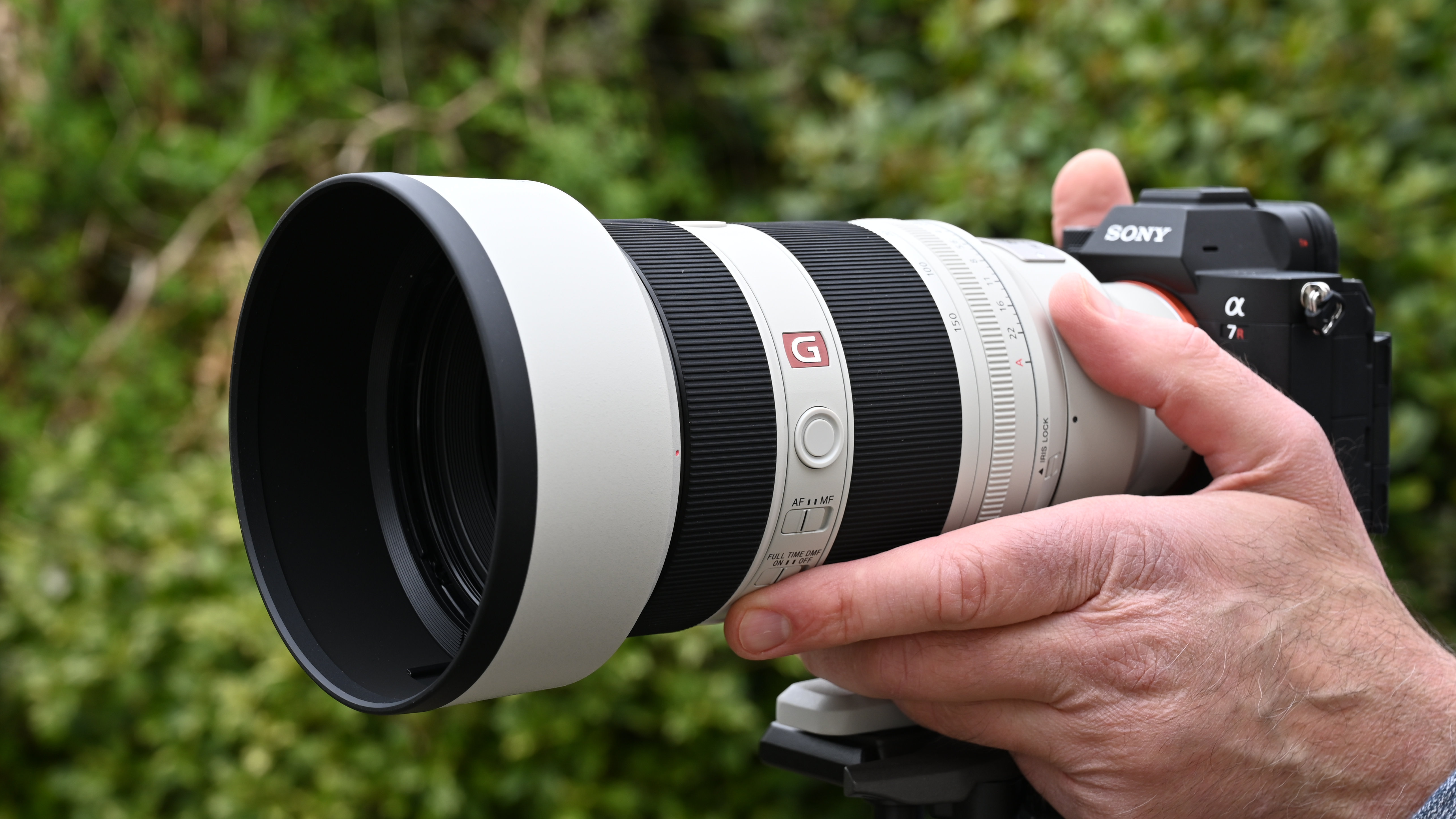Some Leica shooters are "lazy photographers – but not in a bad way!" says Leica exec
Leica executive Steffen Rau talks "lazy" Leica photographers, launching cameras ahead of their time, and the new Leica SL3
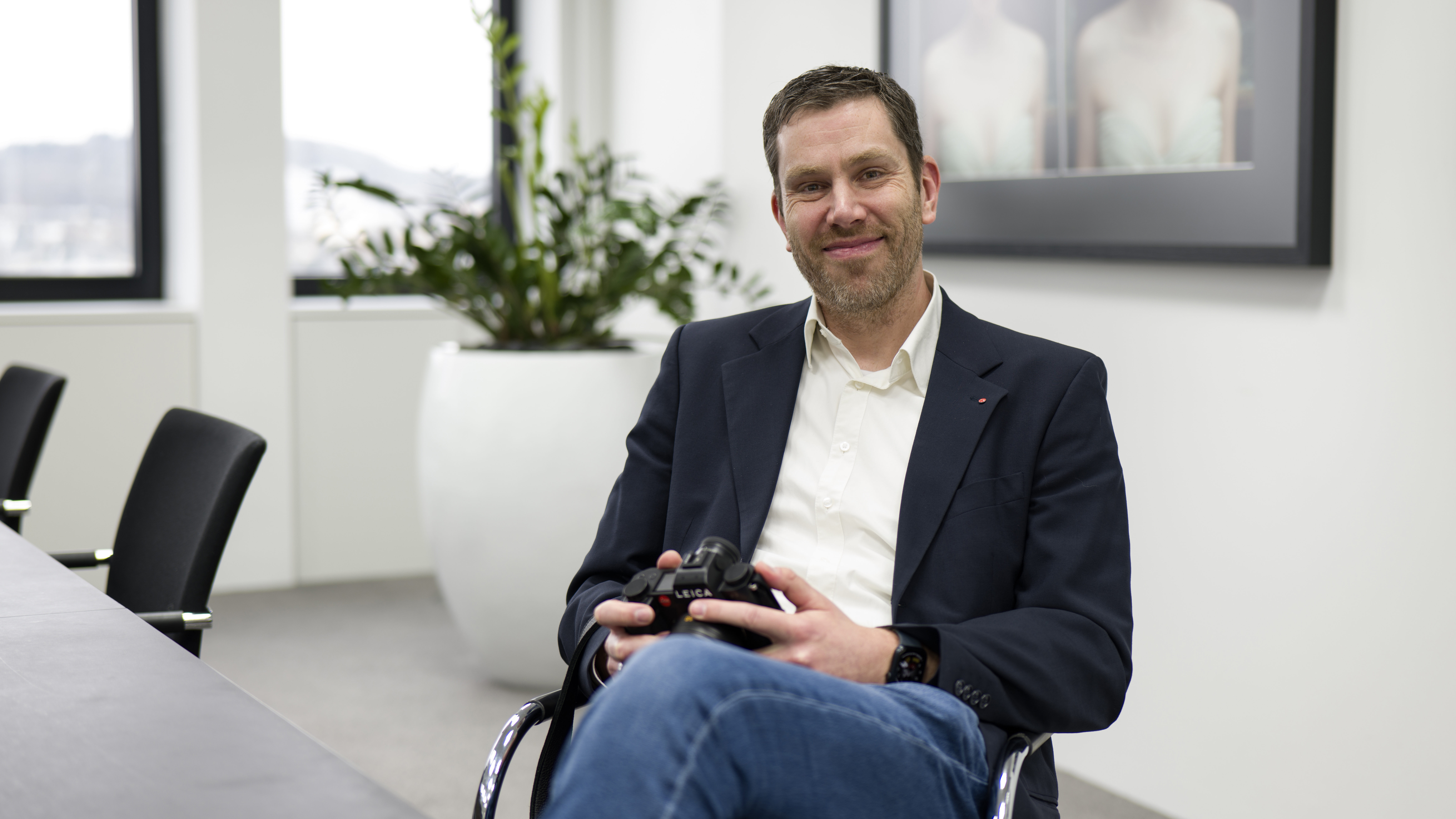
Few people think "mirrorless specialist" when they think about Leica, but in some ways it has already bested some of the biggest names in the post-DSLR era.
When it launched the original Leica SL in 2015, Canon was still pushing the EOS M system, Nikon had thrown its weight behind its ill-fated J series, and Olympus… well, Olympus still made cameras.
Fast-forward to 2024. The Leica SL2 doubled the customer base of its predecessor, and the Leica SL3 is now the third pillar of the business next to the Leica Q3 and Leica M11. By contrast, Canon and Nikon abandoned their first crack at mirrorless cameras, and Olympus abandoned cameras altogether.
So how did Leica – a company known for premium pricing and a cult-like following – become such a big player in the mirrorless arena? I sat down with Leica SL System product manager, Steffen Rau, to chat about its camera system and how it has made its mark in the industry.
Some manufacturers are definitely more 'specs and science' than the art of photography, but Leica has always felt more art than science. How do you feel about that balance?
Both are important. It's not only the art – sure, the artist is very important. But especially for the SL system, it’s not that we could do whatever we want to do, like we can with the M system; there is no competition for the M, there's no big competition for the Q. But with the SL system we are in that competitive market with Sony, with Nikon, with Canon, with Panasonic, and we have to look after the specs otherwise we would not sell any cameras.
So there has to be a minimum level of specs, and the rest for sure it's the Leica dot and the heritage and the feeling and the touch and feel, and the user interface. No one ever mentioned user interface in the technical review, and that's also kind of art, but it's one of the biggest things we are proud of. A camera that can be used very easily, whereas some other brands are totally complicated. And that we are very proud of.
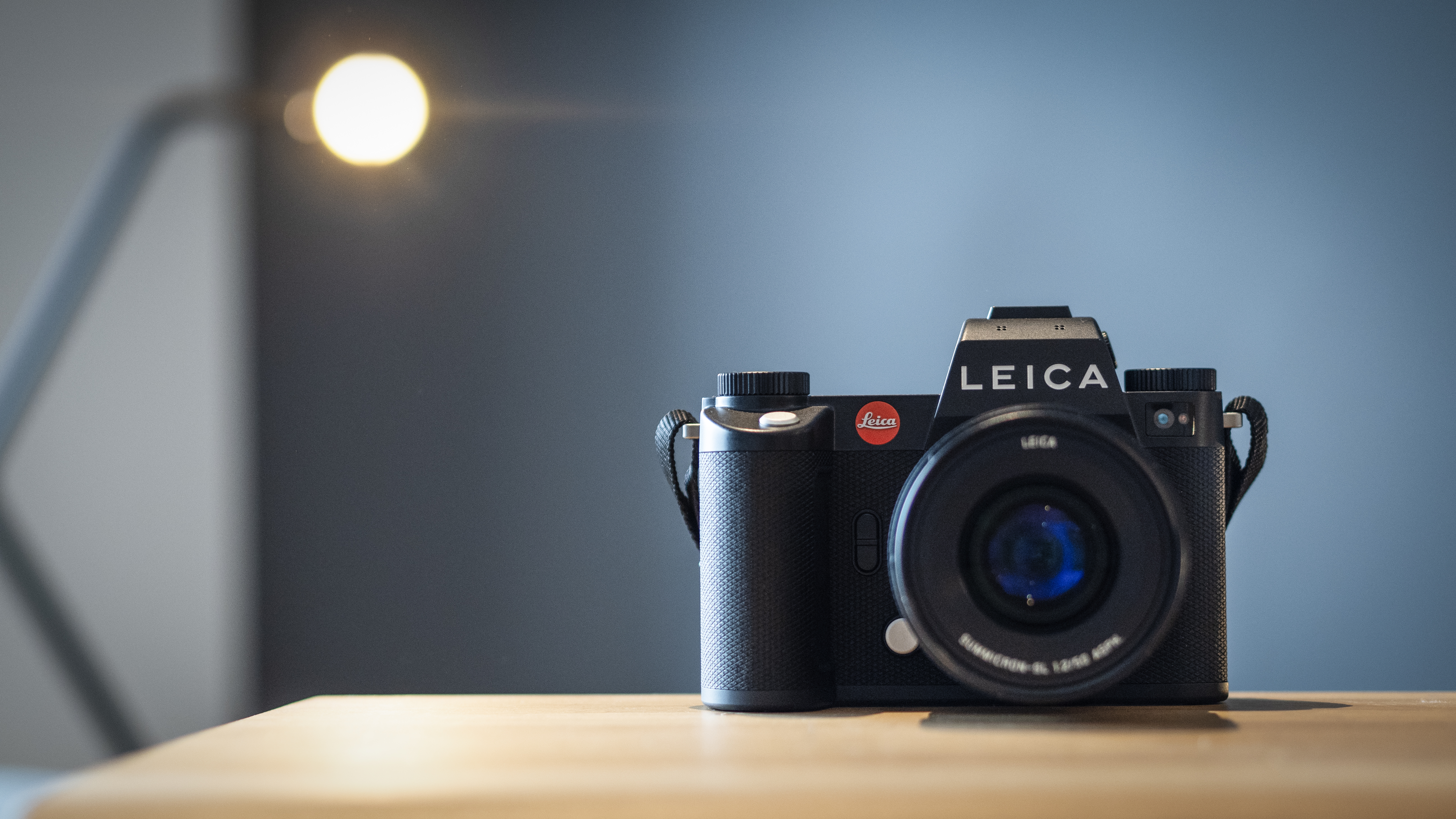
You use the interface every time you turn on a camera, but it's something that other brands seem to put the least amount of thought into. Here it feels very instinctive – a fundamental part of the experience.
Yes, it is. But also with our menu structure, you could find something that doesn't fit into your workflow. So that's also not perfect, but we try to do our best and improve it every time – every firmware version should be better and better, and at the end make the customers happy that it's easy to use.
My goal is that no customer has to go to the main menu any more, because we have so many customizable options. With Control Center and the Fn buttons, and the dials and user profiles and touching the live view, the icons on the live view – no one needs to go to the main menu, even though the main menu is very easy to use.
When we talk about ease of use, younger photographers are increasingly shooting from the back screen instead of the viewfinder. Have you observed that kind of behaviour with Leica shooters?
We don't have any numbers about that, but I would assume that most people are using it in a traditional way – but also the old photographers and professional photographers are starting to use tilt streams, starting to use the touch display, because they see that it's very easy to use, it makes their workflow easier, that's what it's about. So they do not want to work very hard, they want to have it easy – me too, I want to have an easy life.
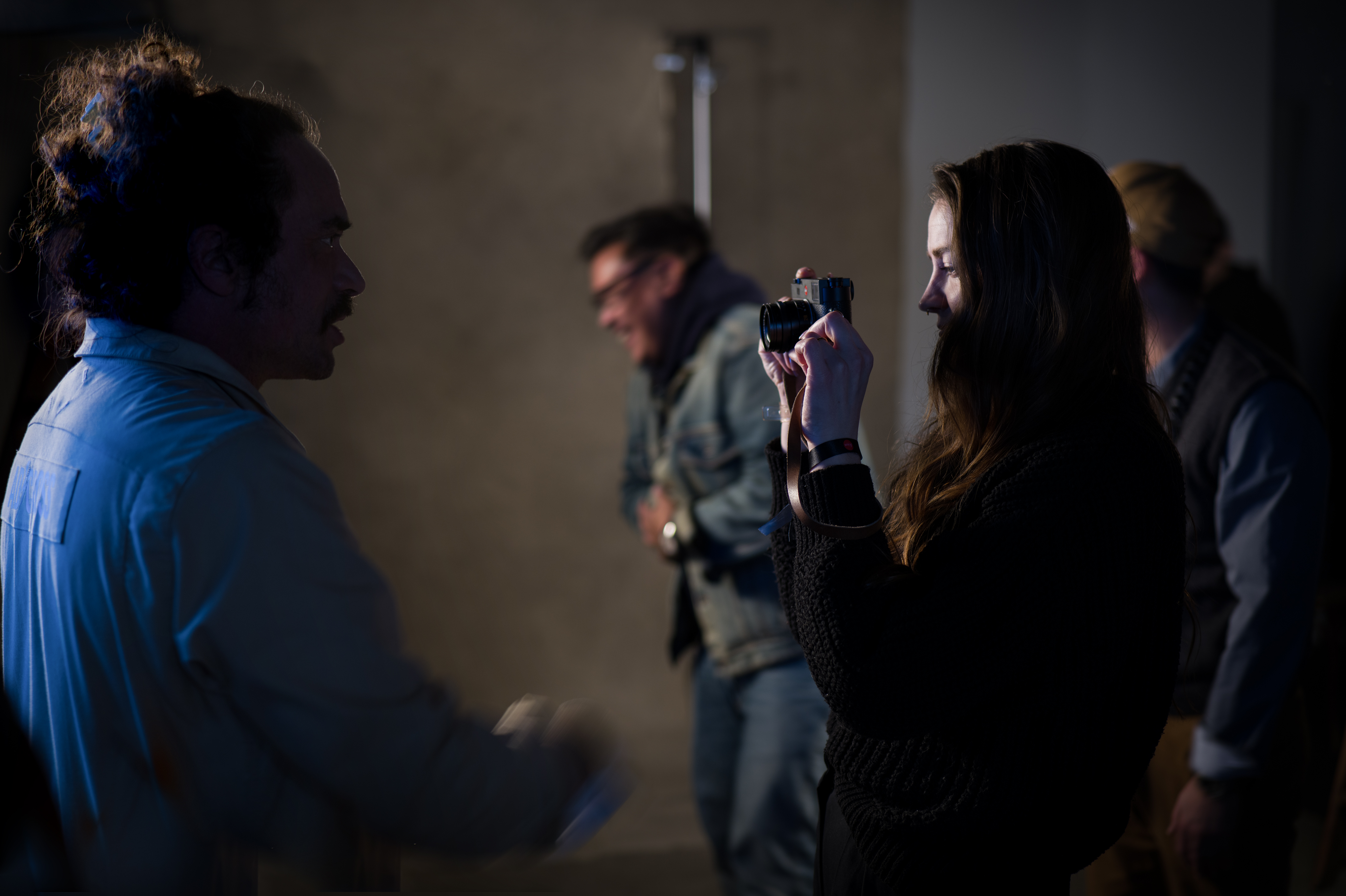
Was there anything obvious with the SL2 that you felt you wanted to address with the SL3?
Yeah, I would say the autofocus system. We heard a lot of customers who want to to use tracking autofocus, continuous autofocus, even for video. And we know that with face detection autofocus it might be very easy or easier than with our contrast-based autofocus. So we knew we had to improve there, we had to find something new, and we did. So we have a combination of three autofocus systems: face detection, Leica object detection and contrast detection, and the combination of all three brought us a very big step forward.
The other thing which we knew from customer feedback also is the size and weight. For me, I'm very tall, I have big hands, and for me the SL2 is perfect, and I thought for me we do not have to shrink it, we don't have to lose any weight. But the most of our customers wanted to lose some weight and shrink it, and we did it – 3mm in height and 5.2mm in width, we lost around about 70g.
The pure figures are not very impressive, but if you feel it – if you compare it with the SL2, if you compare it with competitors – you will see that it’s a much better version now. And I would say better than the competition, because the competition sometimes is too small and too lightweight, and the balance when you use a big lens is not even. And with this camera now there is a perfect balance, and for me it's even though I thought it could not be better than SL2, the SL3 is much better.
Going back to the screen, obviously, some people prefer a fixed screen, some prefer the tilt, others people prefer the flipping screen. Was there a specific reason for the tilt option with the SL3?
We know that a lot of customers – we were asking them, and we know from interviews – and a lot of them said, “Don't spoil the camera, please stay with a fixed screen.” I'm pretty sure all of these customers, when they see what we made, will be totally satisfied and they will buy it, because we didn't spoil the design, and it fits perfectly.
That is one reason: we did not want to take two steps at once. So one step is to have only the tilt screen, so even for the more traditional photographers we have a good solution. And the next thing is, from a technological point of view, we were not aware of how to use tilt screens or swivel screens or something like that – it was new for us. So we started from scratch, and we started with a lower version, with a more easy version. And then the next step could be a swivel screen, yeah, sure.

It must be a balancing act – I’m sure there must be things you would love to implement, but you also have a responsibility to the silhouette of the SL3, to the pedigree and integrity of the Leica design.
Yeah, that's more a design question for my colleagues, but I can answer that as well. It's sometimes it makes my life a little bit complicated, but on the other hand, I think I like it because it's Leica, and Leica stands for simplicity and for the famous design. And honestly I do not want to change the design – slightly, only in minor steps from generation to generation, not one big step to something which no one would like to use, because that's not a Leica any more. We only do evolutionally small steps; everyone can adapt, and everyone sees what they’re getting, and it's still a Leica.
Because there's an expectation, when you get a Leica –
Yeah, it has to look like Leica, not like some other brands.
I love models like the TL and CL, but perhaps there was some hesitation because they weren't what people perceived a Leica to look like.
I think that the CL does pretty much look like an M – for me it looks like a small M. The TL, maybe not – the TL is something modernistic, and it looks a little bit from the future.
Space age!
Yeah, space age, and maybe the TL was coming a little bit too early. And I'm pretty sure if the TL would arrive now, it might be a different story.
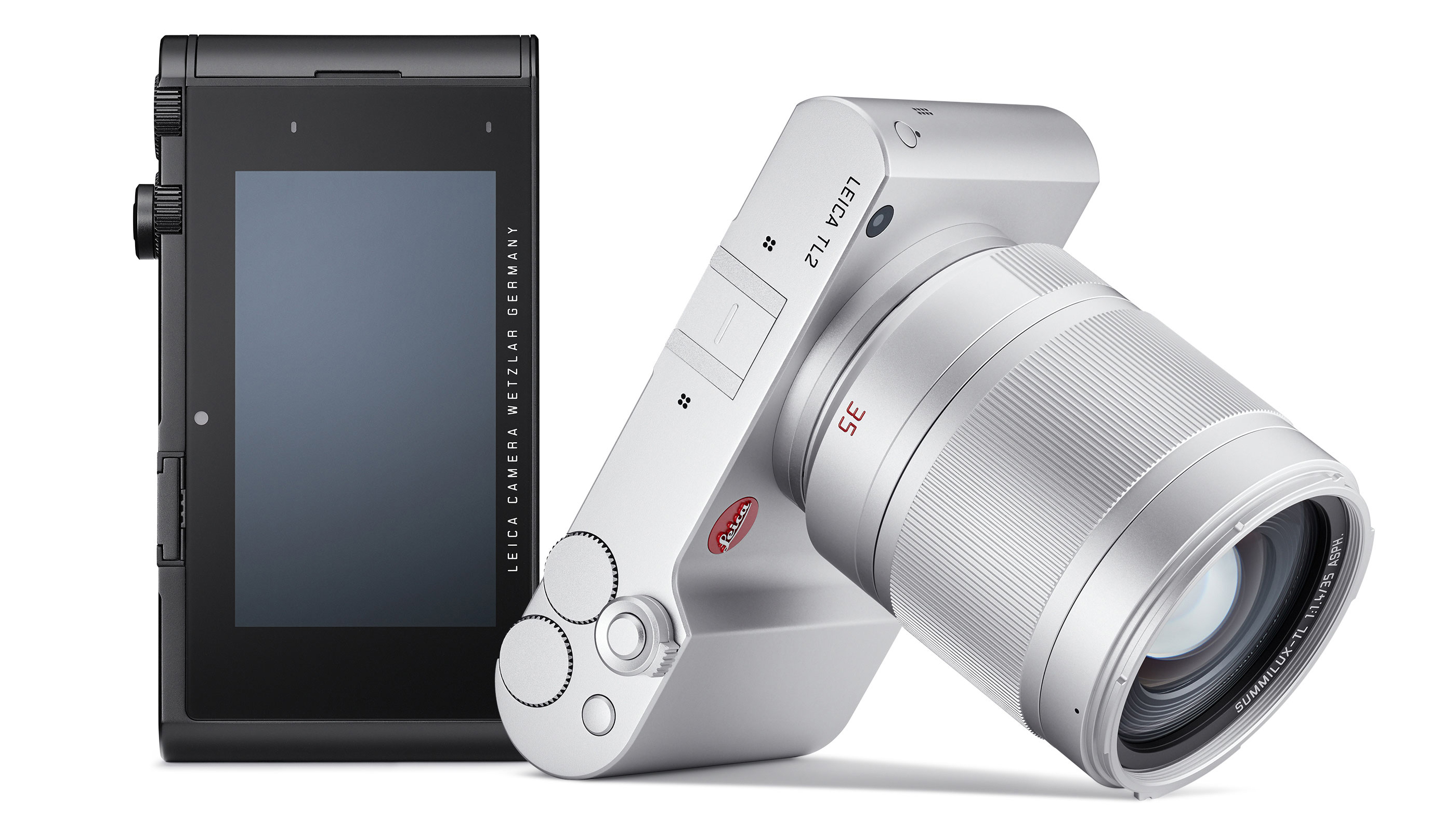
Do you get a lot of crossover with users adapting their M lenses, or is the SL just its own thing?
No, there's a lot of crossover. A lot of customers coming from the M system, and a lot of customers are coming also from the old R system, and you can adapt both. But the M lenses are very famous and very good to use with the SL, especially Noctilux 50 or Noctilux 75 wide open. It's not very easy to focus with an M [rangefinder], not everybody can do it. But with the SL I think it's much easier. So yeah, there is a need – maybe if you wear glasses, I'm not sure how easy it is for you to focus with an M. So we have a lot of customers using M lenses and also R lenses.
But I think most customers are interested in original SL lenses because you have such a good camera, and then to only use it with manual focus lenses – it's good to use, but in the end you want something fast. And that's why the customers are asking for fast AF and fast aperture. So with our APO lenses you have I think the best combination, the best image quality on the market.
Looking back at the L Mount Alliance announcement at Photokina 2018, it was such a smart move because now you have such a strong ecosystem – 3 major companies and now 84 lenses.
Yeah, the L-Mount was really a good idea. It began a little bit earlier [than 2018], it began with the [Leica] T camera; the T camera was the first with the L mount, though it wasn't called L-Mount in those days. But that's where the L-Mount comes from, and then in 2018 we established the Alliance with these two partners and it was a really cool move. It was not my idea, but credit to the people who had these ideas!
I know the colleagues from Sigma, I know the colleagues from Panasonic, and they are very open-minded. And they have their traditions, we have our tradition, and in general we totally understand each other, and I think we are a good team. All three companies are a good team, and now we are eight companies, and all other companies also fit into the L-Mount, so we would not allow anyone to enter the L-Mount Alliance that did not share our philosophy and our values. So I think it was a good decision and the partners work really well together.
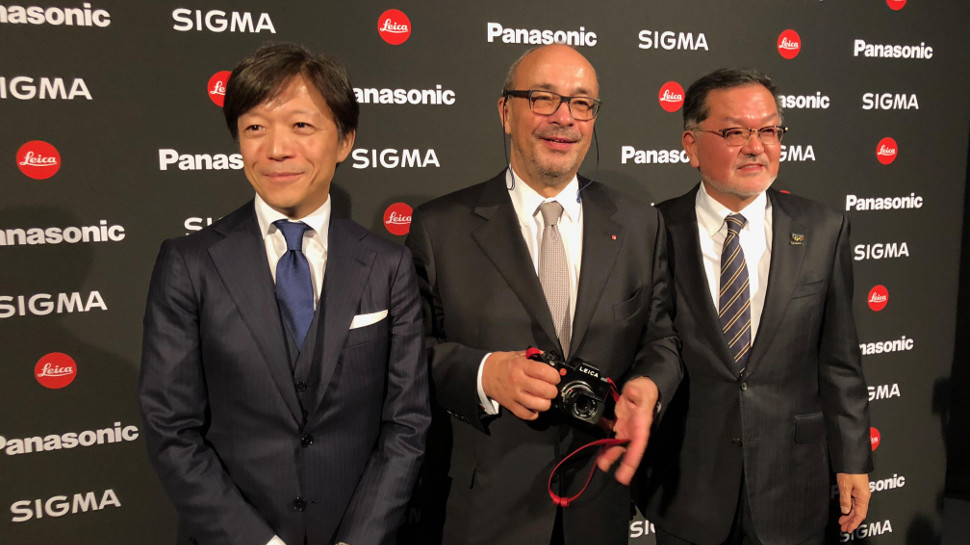
Have you seen much movement from customers between the different brands within the Alliance?
We don't have official numbers about that, but sure we know customers that come from Sigma, from Panasonic, and move into Leica, but also the other way around. So some customers are buying the Leica SL body and want to get more-or-less cheaper lenses, more entry-based lenses from Panasonic or Sigma – and they can do it. And in the end, I'm pretty sure they will end up here again, and buy the APO lenses or the original SL lenses. Which is part of that journey.
I can totally understand, spending so much money for a camera system, not everyone can afford this [premium lenses] – so it's step after step. And if the step is to go first into Sigma lenses or Panasonic lenses – totally fine. Or starting with a Panasonic body and then buy some some Leica lenses – also fine.
Wrapping things up, who would you say is a Leica photographer?
I would say there are different groups. One group is the lazy photographer. I call him the lazy photographer, not in a bad way, but because he doesn't want to do a lot of post-processing. We know a lot of customers that came from other brands, because with other brands they had to do a lot of post-processing – and they told us with Leica, they are only post-processing 10% of the time they were before. And they did good, because that's their job and time is money. And if they can save some time it's good for them.
Then we have the amateurs or ambitious amateurs, like me. I'm not a professional photographer, and for me it's to be part of a family, to be part of that Leica family. And then, also to have this opportunity to use this perfect body and this perfect camera, it's joy to use – and with other products, sometimes it's not. Sometimes you struggle, and not only cameras but also TVs or smartphones. You have something that you want to use on daily basis, and you want to enjoy using it. And for most customers that's the the reason to go to Leica, because they enjoy it.
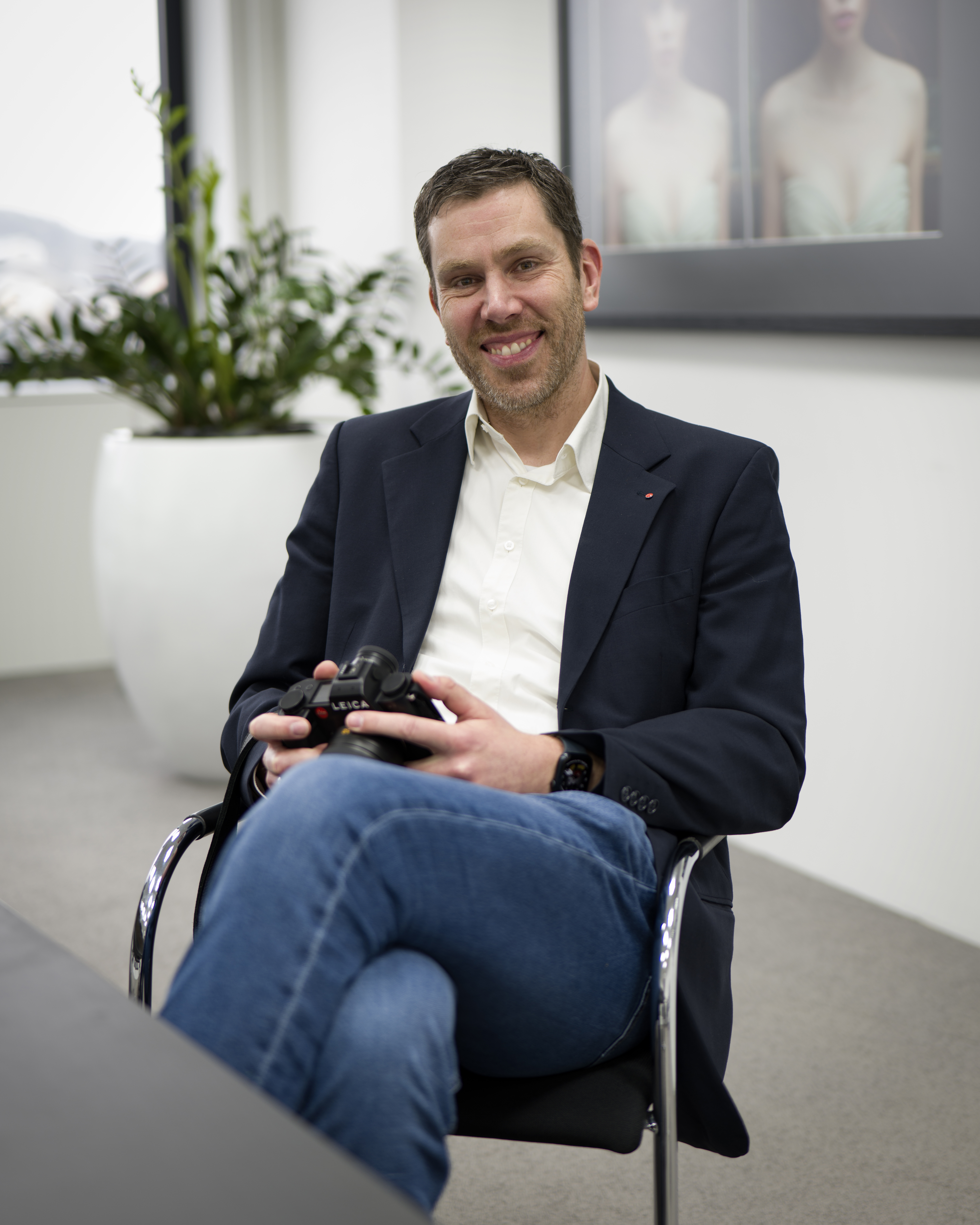
You might be interested in the best Leica cameras, along with the best Leica SL lenses and the best L-Mount lenses for mirrorless models, and the best Leica M lenses for rangefinders.
Get the Digital Camera World Newsletter
The best camera deals, reviews, product advice, and unmissable photography news, direct to your inbox!

James has 22 years experience as a journalist, serving as editor of Digital Camera World for 6 of them. He started working in the photography industry in 2014, product testing and shooting ad campaigns for Olympus, as well as clients like Aston Martin Racing, Elinchrom and L'Oréal. An Olympus / OM System, Canon and Hasselblad shooter, he has a wealth of knowledge on cameras of all makes – and he loves instant cameras, too.
